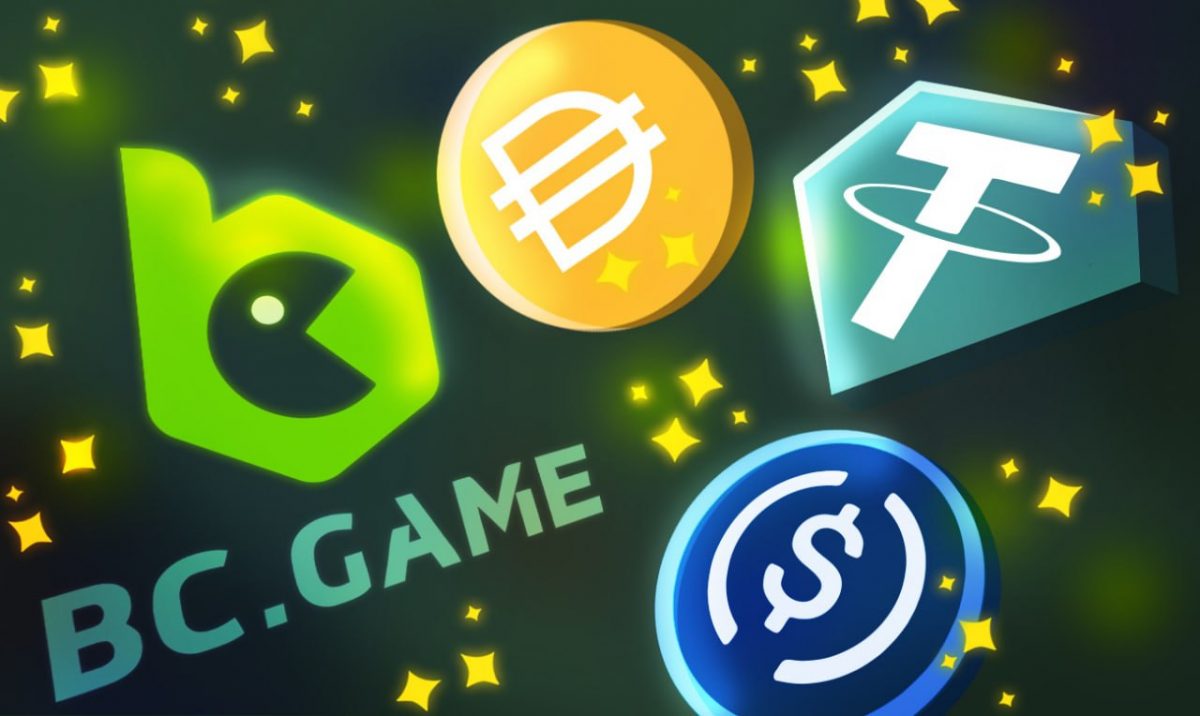For traditional finance hardliners, crypto is pervasive and disruptive. Yet, cryptocurrencies are limited without mirroring years of work by traditional finance experts. DeFi has immaculately ported over products in legacy systems and implemented them in a trustless environment. USDT vs USDC vs DAI: Stablecoins Comparison Tapping on the same wave, DeFi and online casino enthusiasts can have the best of both worlds by seamlessly yield farming in some of Ethereum’s or BSC’s active high-yielding protocols by playing any of the best crypto games using stablecoins like USDT, USDC, and DAI. If these projects were publicly nurtured creations, they would dominate charts and emerge as some of the most liquid in the sphere. For instance, USDT is the third most valuable project eclipsing BNB, while USDC and DAI command multi-billion valuations.
It only highlights how critical their role is and their attractive flexibility, which is a blessing for online crypto-gambling platforms. Some of the top online casinos, like BC.Game, support stablecoins. These cryptocurrencies are pegged to fiat and, therefore, immune to price swings and unwanted volatility, preventing many traditional players from participating.
Stablecoins are necessary shields, a refuge for investors and crypto holders during tumultuous times marked by unwanted high volatility—especially during bear markets. Accordingly, stablecoins are one of the biggest drivers of crypto and blockchain adoption, directly benefiting online casinos. To understand their respective roles, DeFi and online crypto gambling fans must have a clear picture of what’s behind the hood of each.
USDT
Tether (USDT) is one of the earliest stablecoin issuers, launching first on the Omni Protocol. The stablecoin issuer, Tether Limited, has been operating since 2014, when it debuted under the name Real Coin. In 2015, the then CEO, Reeve Collins, announced the change of brand name to Tether. It was devised as a solution where users could transfer funds from one exchange to another with minimal fees during its early days. USDT tracks the value of the greenback, the USD. Accordingly, every USDT in circulation ought to be worth $1. Adoption by Bitfinex in 2015 marked the beginning of the rise of USDT and the popularity of stablecoins in general. The rise of DeFi and users’ need to easily slide in and out of the burgeoning, high-octane ecosystem has turbo-charged the adoption of USDT. Currently, USDT is supported by over six blockchains, including Algorand, Ethereum, and Tron. A significant percentage of USDT in circulation complies with the ERC-20 standard and resides in Ethereum. The TRC-20 USDT in Tron is also popular and actively used by gaming and gambling dApps, of which the Ethereum competitor is known. As of mid-July 2021, USDT had a market cap of $62 billion, according to crypto trackers. It is despite the deluge of accusations levelled against the issuing company, Tether Limited. Pressure is building on the firm to release a professional audited report from any of the Top 4 auditing firms like Deloitte. This has not been forthcoming. Regardless of controversies, USDT continues to find adoption. It is a choice of stablecoin for online bettors playing popular Bitcoin crypto games. They can easily participate by depositing USDT without using a fiat processor.
USDC
Like the USDT, the coin is designed to be always worth the USD. It first broke into the limelight, operating as U.S. Dollar Coin in mid-2018, backed with $110 million in venture capital funding. The difference between USDT and USDC is the level of compliance and the issuer’s credibility. Although CENTRE manages issuance, the original issuer is a joint venture between Circle—which plans to go public and is worth a staggering $4.5 billion—and Coinbase—a compliant cryptocurrency exchange in the United States.
In the U.S., the parent company has a Money Service Business under the Financial Crimes Enforcement Network (FinCEN). In addition, the USDC issuer is regularly audited by Grant Thornton, one of the top auditors in the world. USDC was first minted in Ethereum as an ERC-20 token. However, because of fluctuating fees in Ethereum, USDC is now available in other smart contracting platforms like Solana and Algorand as SPL and ASA-compliant tokens, respectively. Besides availability in different blockchains, USDC is also available for trading in over 85 countries.
As of mid-July 2021, the collapse of cryptocurrency prices makes USDC the top-six most liquid crypto-asset globally, with a cumulative total of $26.6 million minted. At this valuation, USDC flips Dogecoin and Ripple (XRP).
DAI
While USDC and USDT rely on a counterparty to link real-world assets with the minted stablecoin, DAI differs. DAI launched in late 2017 in Ethereum, existing as an ERC-20 token and issued by MakerDAO. It is a DeFi protocol for lending and borrowing cryptocurrencies managing over $5.9 billion of assets as of mid-July 2021. DAI is native to DeFi in Ethereum and is algorithmically controlled to track the USD value. It does this without using a third party to custody cash, treasuries, bonds, or any other assets required to keep the stablecoin to USD ratio at 1:1. DAI is decentralised and collateralised by different assets like USDC, ETH, Wrapped Bitcoin, COMP, and more.
To cap it up
Stablecoins are a welcomed addition to online crypto gambling and blockchain in general. Users who desire fiat but are put off by the long wait time and paperwork can use stablecoins, saving on time and fees. BC.Game allows its users to use any of the above stablecoins, promoting their adoption and opening up more people to participate in the fast-growing online gambling sphere.














